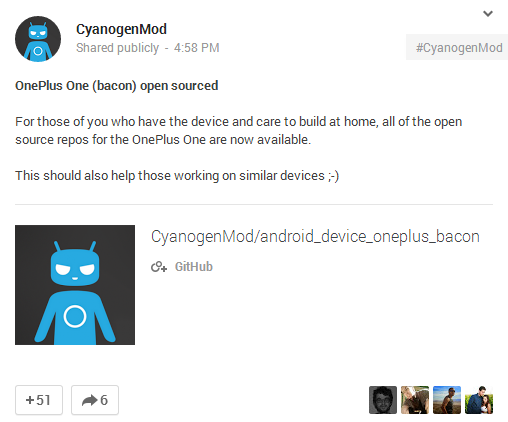Many in the XDA community are undoubtedly awaiting the upcoming full-scale release of the OnePlus One (OPO). This device intends to set itself apart from the sea of other smartphone options by not only offering flagship-level specifications at a bargain basement price, but also by aiming to provide a unique software experience through collaboration with Cyanogen Inc.
Those who've been following the device are likely aware that the GPL-mandated kernel source code for the device was just released four days ago. For the unaware, this enables aftermarket kernel and ROM developers to create source-built development work without having to hobble together pieces intended for other hardware. As such, this is generally the gate-keeping step before true, source-built development begins for a device. However, even before the GPL-required source code was officially released, we saw quite a bit of development activity for the OPO, largely due to its (many) similarities to the previously released Oppo Find 7a.
While Linux kernel source release is quite important and a great tool for aftermarket developers, this isn't really cause for celebration. That's because every shipping device that uses the Linux kernel must make this code available by virtue of the GPLv2 license. However, what is a big deal is when an OEM releases a full device tree in order to assist aftermarket developers in their journey. This has happened a few times in the past, namely by Sony on certain devices, but this is by far the except and not the rule. Now just about one hour ago, the CyanogenMod team released the full device tree for the OnePlus One. And if that doesn't live up to the device's codename (bacon), I don't know what does.
If you're a third-party developer looking to start building for the OnePlus One, head over to the device tree (and kernel source) to get started. Then, be sure to head over to our OnePlus One to share all of your newly created development work.

